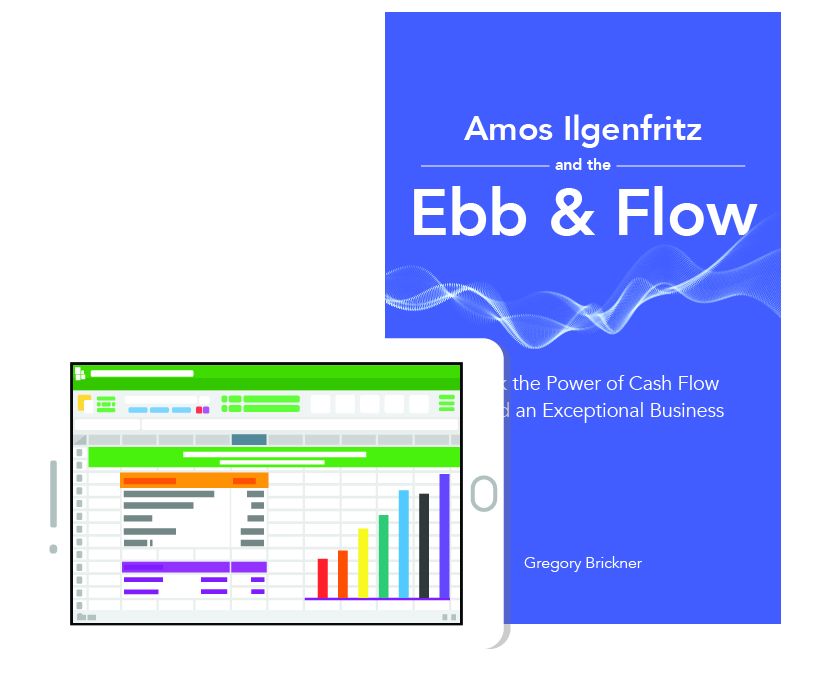FCF.is | Free Cash Flow Is
Free cash flow is the cash your company produces through its business, less the cost of expenditures on assets. Simply put, free cash flow (FCF) is the cash left over after your company pays for its operating expenses and capital expenditures. Asset purchases are also known by the term CAPEX for CAPital EXpense.
Free cash flow is an essential measurement since it shows how efficient a company is at generating cash. Business owners use free cash flow to measure whether a company might have enough money, after funding operations and capital expenditures, to pay for their investment.
Calculating Free Cash Flow
To calculate FCF, from the cash flow statement, locate the item cash flow from operations (also referred to as “operating cash” or “net cash from operating activities”), and subtract the capital expenditure required for current operations from it.
The formula for free cash flow is:
FCF = Operating Cash Flow - Capital Expenditures
Example of Free Cash Flow
General Electric ( NYSE: GE )
We do a quick review of GE’s financial statements and for the full fiscal year of 2019 GE produced $8.773 billion in Cash from Operations. Capital expenditures at the same time were $6.095 billion. Free cash flow would be $2.678 billion.
8.773 - 6.095 = 2.678
Interpreting Free Cash Flow
We can see that GE has had significant swings in its FCF moving from $2.5B in 2017 to a negative $3.8B in 2018 back up to the $2.6B we calculated above. The trailing twelve months review for GE from June 30, 2020 has FCF of $2.5B.
Companies that experience surging FCF—due to revenue growth, efficiency improvements, cost reductions—can reward investors in the future using the cash.
By contrast, shrinking FCF might signal that companies are unable to sustain earnings growth. An insufficient FCF for earnings growth can force companies to boost debt levels or not have the liquidity to stay in business.
Limitations
A drawback to using the free cash flow metric is that capital expenditures can vary dramatically from year to year and between industries or sectors. For this reason, it is wise to measure FCF over multiple periods and relative to the company’s industry.
Additionally, we must point out that an exceedingly high FCF might be an indication that a company is not investing in its business for future growth. This could be done by updating its plant and equipment or making other new investments. Conversely, negative FCF might not necessarily mean a company is in financial trouble, but rather, investing heavily in expanding its market share, which would likely lead to future growth. Now you can see why it is vital to view FCF over a trend rather than in a single accounting period.


